#664 b.c.
Text
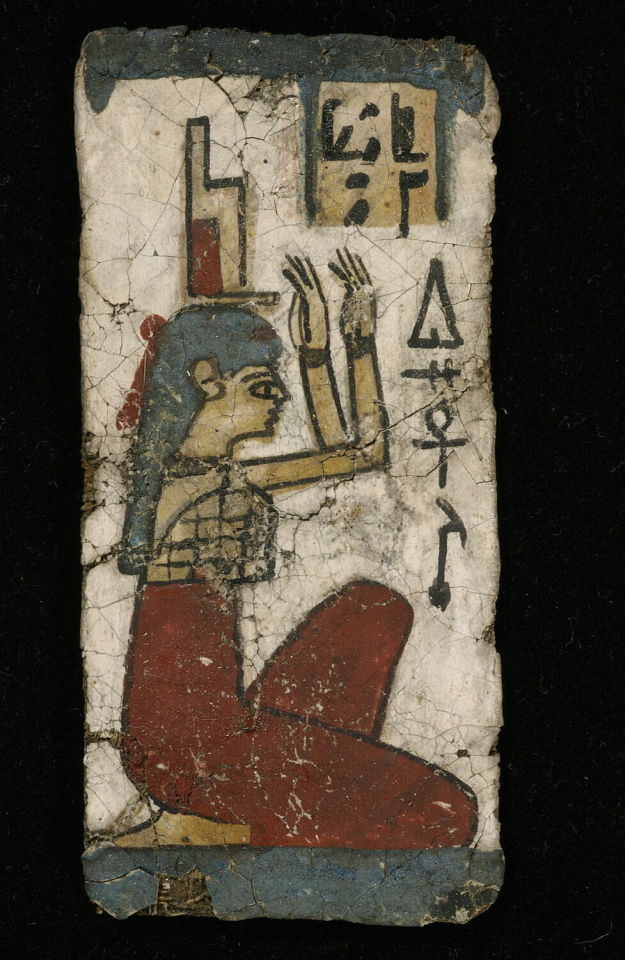
~ Decor: Isis
Period: Late Period-Ptolemaic Period
Date: 664-30 B.C.
Medium: Cardboard (glued and stuccoed canvas), Painting
#ancient#ancient art#history#museum#archeology#ancient egypt#ancient history#archaeology#egyptian#egyptology#egypt#isis#late period#Ptolemaic Period#664 b.c.#30 b.c.
1K notes
·
View notes
Text
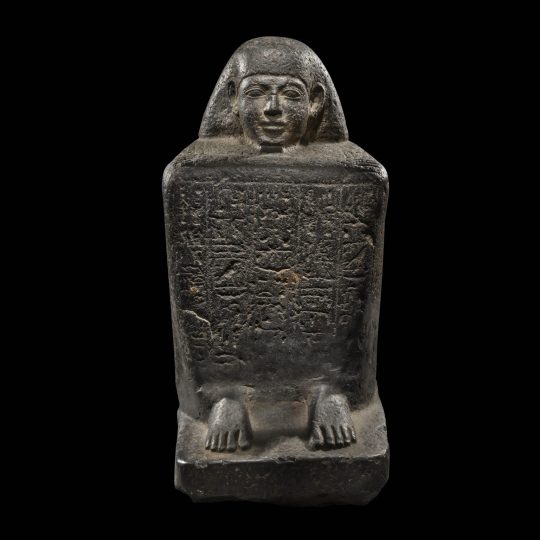

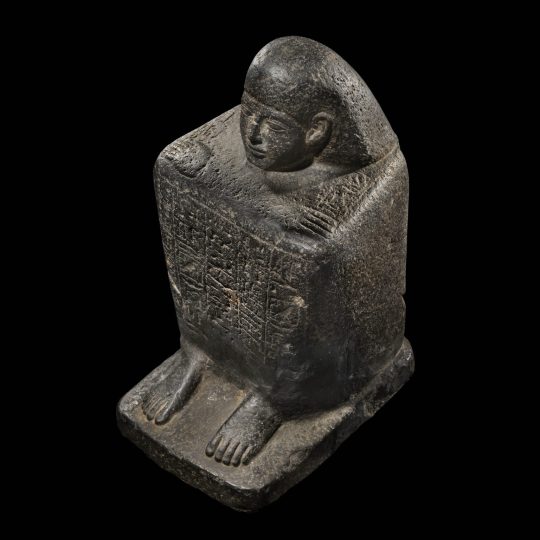
Egyptian Basalt Block Statue
Egyptian · Late Period, Dynasty 26, ca. 664-525 B.C.
#Egyptian Basalt Block Statue#Late Period#Dynasty 26#ca. 664-525 B.C.#statue#ancient artifacts#archeology#archeolgst#history#history news#ancient history#ancient culture#ancient civilizations#ancient egypt#egyptian history#egyptian art
222 notes
·
View notes
Text

Head from statue of a cat
Egypt, 664–332 B.C.
source
85 notes
·
View notes
Text

Ring with Cat and Kittens
Ramesside/Third Intermediate Period
ca. 1295–664 B.C.
1K notes
·
View notes
Text

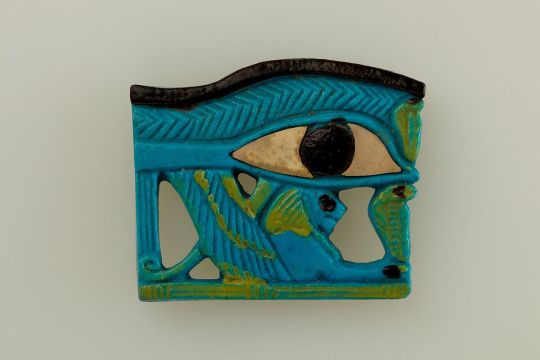
Wedjat Eye Amulets
Third Intermediate Period
ca. 1070–664 B.C.
the met
446 notes
·
View notes
Text

AN EGYPTIAN AMETHYST CAT AMULET. LATE PERIOD TO PTOLEMAIC PERIOD. 664-30 B.C
5K notes
·
View notes
Text
Looted ancient sarcophagus returned to Egypt from US

An ancient wooden sarcophagus that was featured at the Houston Museum of Natural Sciences was returned to Egypt after U.S. authorities determined it was looted years ago, Egyptian officials said Monday.
The repatriation is part of Egyptian government efforts to stop the trafficking of its stolen antiquities. In 2021, authorities in Cairo succeeded in getting 5,300 stolen artifacts returned to Egypt from across the world.
Mostafa Waziri, the top official at the Supreme Council of Antiquities, said the sarcophagus dates back to the Late Dynastic Period of ancient Egypt, an era that spanned the last of the Pharaonic rulers from 664 B.C. until Alexander the Great's campaign in 332 B.C. Read more.
1K notes
·
View notes
Text
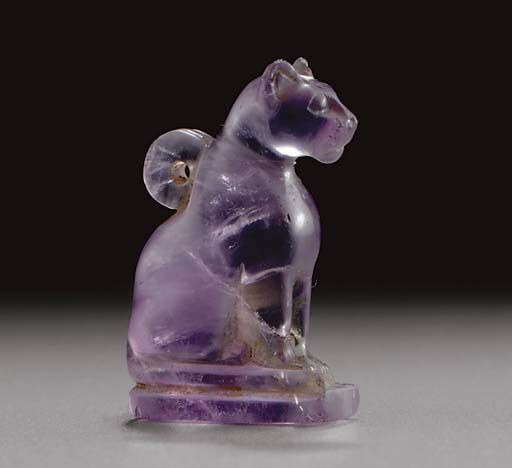
An Egyptian amethyst cat amulet late period to Ptolemaic period 664-30 B.C.
334 notes
·
View notes
Text
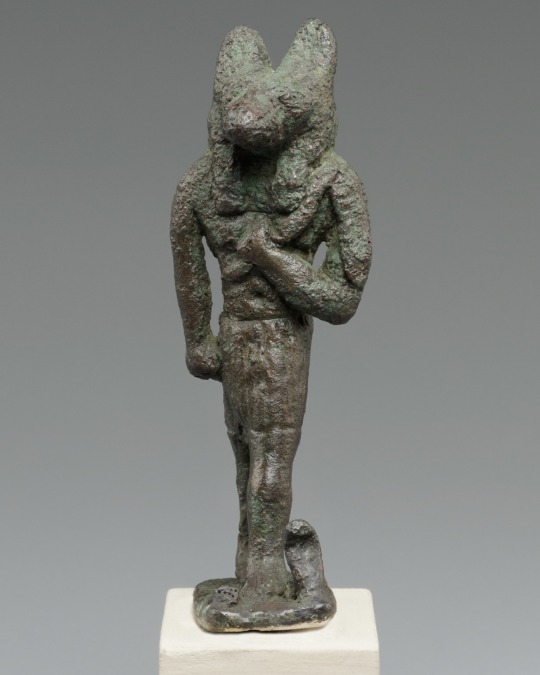


Egyptian
Anubis
Date: 664-30 B.C.
Bronze or cupreous alloy
#egyptian art#ancient egypt#egyptian history#egyptian gods#egyptian culture#egyptology#ancient art#ancient people#ancient culture#egyptian aesthetic#aesthetic#statue#Anubis#jackal god#art history#aesthetictumblr#tumblraesthetic#tumblrpic#tumblrpictures#tumblr art#tumblrstyle#artists on tumblr
154 notes
·
View notes
Text

Ram's-head Amulet
Egypt, Third Intermediate Period ca. 712–664 B.C.
This amulet was probably made for a necklace worn by one of the Kushite kings. Representations show these pharaohs wearing a ram's-head amulet tied around the neck on a thick cord, the ends of which fall forward over the shoulders. Sometimes a smaller ram's head is attached to each end. Rams were associated with the god Amun, particularly in Nubia, where he was especially revered.
114 notes
·
View notes
Photo

AN EGYPTIAN BLUE CHALCEDONY HORUS-BEHDET AMULET LATE PERIOD TO PTOLEMAIC PERIOD, CIRCA 664-30 B.C.
STOLEN ARTIFACT FOR SALE
1K notes
·
View notes
Text

Lotiform Chalice
Third Intermediate Period
Ca. 945–664 B.C.
From Middle Egypt, Tuna el-Gebel region; From Egypt.
The fragrant blossom of the blue lotus is a common motif in all forms of Egyptian art. Because it opened its petals to the sun each morning, the flower became a symbol of creation and rebirth. During the Third Intermediate Period, faience chalices derived from the shape of the blossom and other faience delicacies were decorated with relief scenes evoking a constellation of myths having to do with the birth of the king as child of the sun god out of the watery marsh environment, and thus the renewal of the world out of the flooded land anticipated with the beginning of the Inundation at the Egyptian New Year.
#Lotiform Chalice#Ca. 945–664 B.C.#Third Intermediate Period#blue#blue lotus#pottery#Egyptian pottery#ancient pottery#ancient artifacts#archeology#archeolgst#history#history news#ancient history#ancient culture#ancient civilizations#ancient egypt#egyptian history#egyptian art
800 notes
·
View notes
Photo
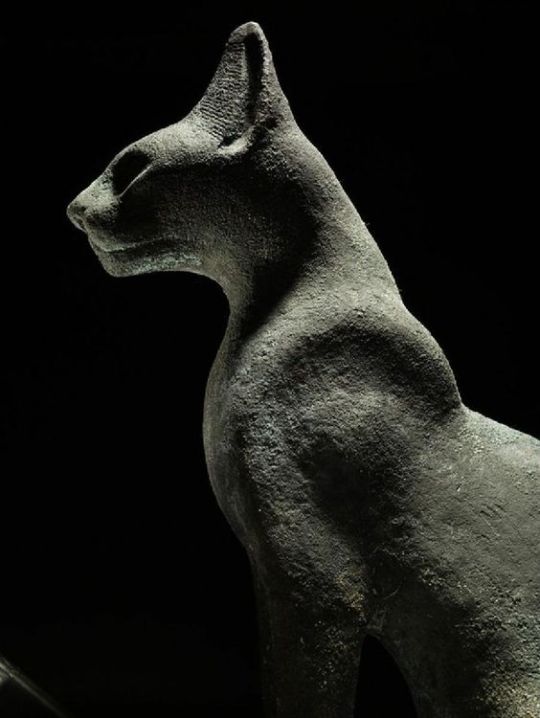
Bastet Cat Egypt Late Period, XXVI Dynasty c. 664 - 525 B.C.
88 notes
·
View notes
Text

ANCIENT EGYPTIAN WOODEN HANDS FROM AN ANTHROPOID SARCOPHAGUS
EGYPT, LATE PERIOD, 664 - 332 B.C.
carved and with traces of gesso and paint, raised on a bespoke mount
Lyon and Turnbull
60 notes
·
View notes
Text
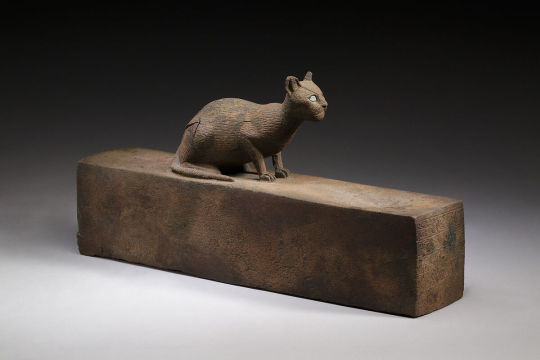
Box for animal mummy surmounted by a cat, inscribed
Late Period–Ptolemaic Period
664–30 B.C.
the met
148 notes
·
View notes
Text
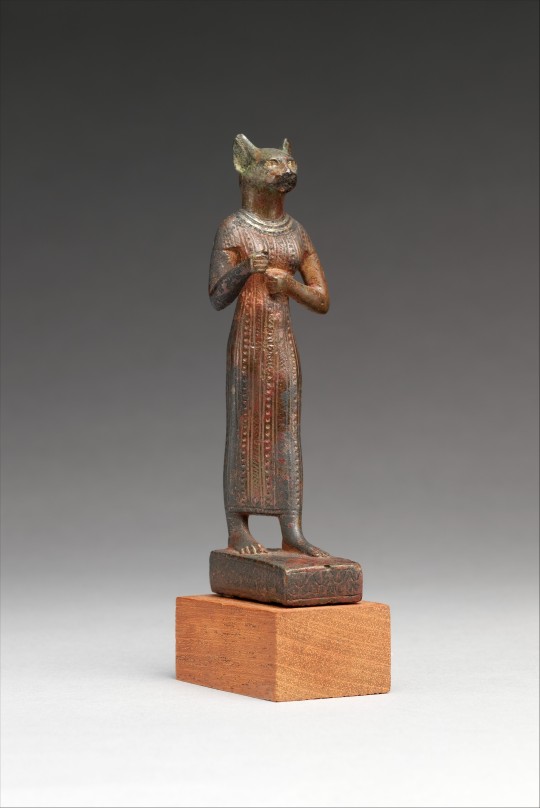
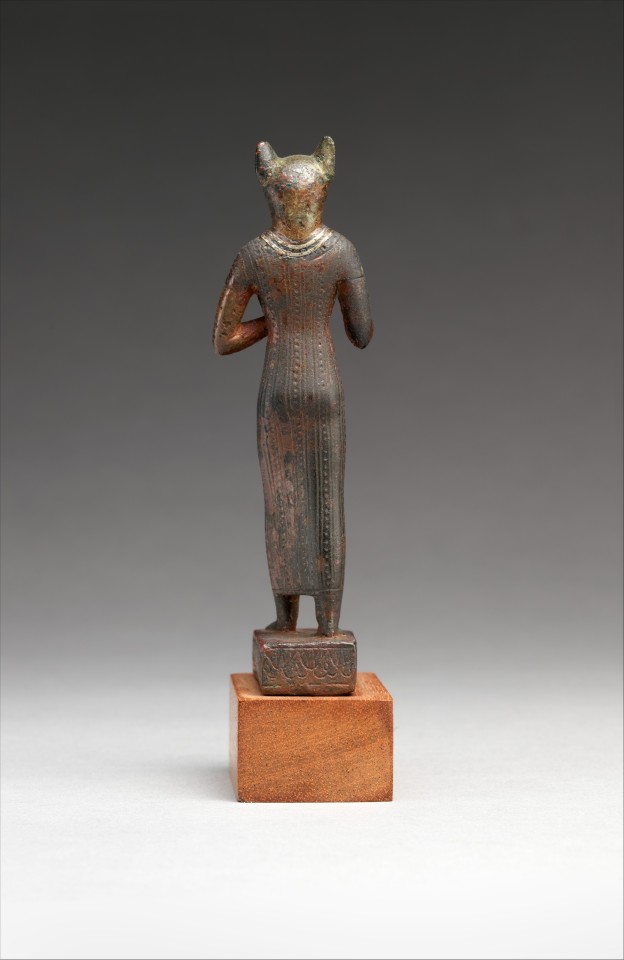
Bastet - Met Museum Collection
Inventory Number: 34.6.1
Late Period–Ptolemaic Period, 664–30 B.C.
Location Information: Location Unlisted
Description:
Bastet, here shown as a cat-headed goddess, was a powerful protective figure who also was known for her fertility. She could be represented with a lion head as well, but as a cat-headed goddess her peaceful traits were emphasized. Her personal adornments and garments are elaborate on statuettes, often more so than other goddesses, and she usually carries numerous attributes. This figure likely once held at least two separately-attached attributes, probably an aegis against her chest and a sistrum in her other hand. Her dress has an elaborate striped pattern with alternating dotted and lined bands. Bastet does not always wear a decorated dress, but it is much more common for her than for other goddesses. The patterning highlights its craftsmanship and quality; also, as some have suggested, the vertical banding may recall the striped fur of a cat.
Great attention to detail and color was lavished on this figure. Inlays are still visible in Bastet’s eyes, and alternating rows of precious metal and black bronze inlay form her broad collar. Also special to this piece is the base; rather than an inscription or blank register, as on most statuettes, this base bears a pattern of repeated lotus blossoms and buds.
#bastet#late period#ptolemaic#met museum#34.6.1#location unlisted#deities#deitiesw#womens clothing#LPWC#PWC
19 notes
·
View notes